QuestionMark - I have two red-eared Slider hatchlings, purchased sometime in January. All was going well until a little over a week ago - they both had herrondous appetites and were quite hyper. One of them, the male, has become quite lethargic. I adminit I was quite ignorant to how complicated it was to raise turtles - water, a rock & food every day. I read how important UV light is an last Friday, I ran out & bought a 5 1/2 gallon tank & uv light. He seems only slightly better, although this morning when I left for work, he was sitting on a rock I have right under the light. I have an appointment with a Herp vet this Saturday, but I am concerned. The other one - femail - is more active than ever and has almost caught up in size to the lathargic male. I don't see him eating, or defacting and he swims very little. How long should I keep the UV light on? I give them a mixture of foods like shrimp, bloodworms, pellets for both turtles & Beta fish, but only turtle food. I cook no food for them. Also, I put a kettle bone & leek plant in the water and the girl chomps on both, but the male uses the cuttle just to lay on on those few ocassions he moves. I am going to take both to the Vet just to make sure, but can you offer any suggestions?
AnswerWell... I do not answer turtle questions because it is so often the same things over and over again, and they are often just a bit sad.
1. There is no reliable way to tell the sex of young turtles. Until the turtles are about 6 years old, roughly, nothing other than a DNA test will tell. Often, the pet shop says they can tell for this or that reason. They are mistaken about this, and it is my experience that they are often mistaken in other areas as well.
2. The ONLY UV they can use is UVB. If the lamp does not specifically say it offers UVB, it is not really helping. Also, UVB lighting is known to be benefical, but it is not critical. They will get the needed vitamin D3 in their diet if they are fed properly.
3. The rule of thumb for space needs is that you offer a gallon of water per inch of shell length, with 10 gallons of water minimum. A single adult Re-ear Slider generally needs about 100 gallons of water. This scares many people off so it is not often told to new buyers at the pet shop.
4. The most common cause of lack of diet is water that is cold or dirty. It is also very common for baby turtles to be sold when they are quite ill or injured. That is one reason it is against federal regulations to sell turtles under 4" in shell length.
Here is my 'Quick Guide for Happy Turtles':
Turtles need three basic things to be healthy and happy:
GOOD WATER. Offer lots of clean, warm water. This means about 10 gallons of actual water per inch of shell length, filtered in a power filter designed for a tank about 25-50% bigger than it really is, that is still 'suction vacumned' weekly to clean the bottom and change about 1/4th of the water, and that is heated to about 80F (heat lamps usually do not do this well enough).
GOOD SUN. Turtles worship the sun. They need a safe and accessible way to get completely out of the water (rocks are awfully abrasive and should be avoided for this) and stretch out fully in good light. Good light is 'full spectrum', warms the basking spot to about 90F, and is on for about 12 hours a day. UVB is helpful but not critical. There should still be some shady, cooler hiding areas in the water.
GOOD FOOD. Baby turtles eat mostly meats. Consider a diet that is about 1/2 good name brand turtle pellets (price equals quality mostly), and 1/2 live or frozen/thawed fish foods- blood worms, other kinds of worms, bugs, invertebrates, small fish, beef liver, etc. As it gets older, you can replace some of the meat with greens and some vegetables.
They do not need it, but some ways to make them happier include:
- Nothing on the bottom of the tank if you manage it. This keeps it cleaner. If you need a substrate, flat slate is the best, pea-sized natural color gravel is next. Colored gravela dn sand are not good.
- Live potted or floating water plants offer food, hiding places, and help the 'tank-mates'.
- Some 'tank-mates' can help keep things clean and more interesting. Understand that they may get eaten, especially if they are small. Snails, cleaner shrimp, algae eaters, and armored cats are all good.
Foor more great info and help, try the articles and forums at http:/www.austinsturtlepage.com

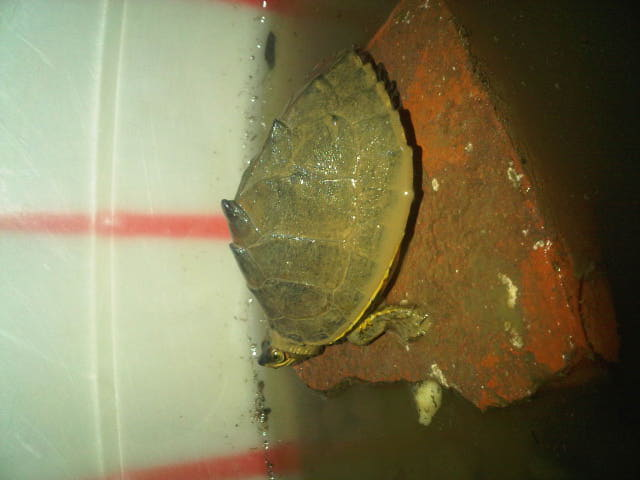 q.
Question
Sir I want to know about this t
q.
Question
Sir I want to know about this t
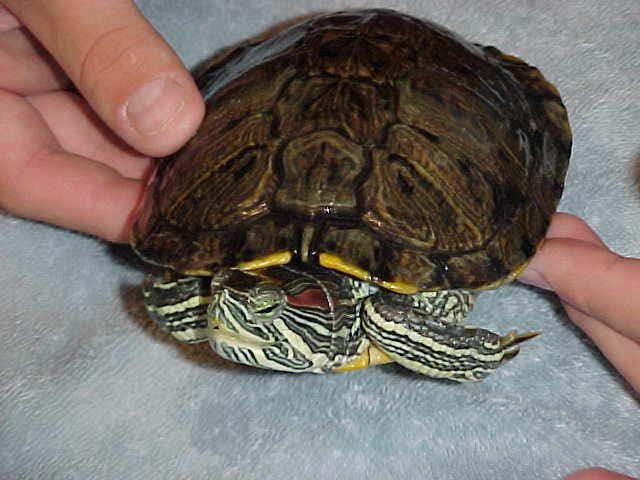 Species ID
Question
Red eared turtle Red eared Turtle
Species ID
Question
Red eared turtle Red eared Turtle
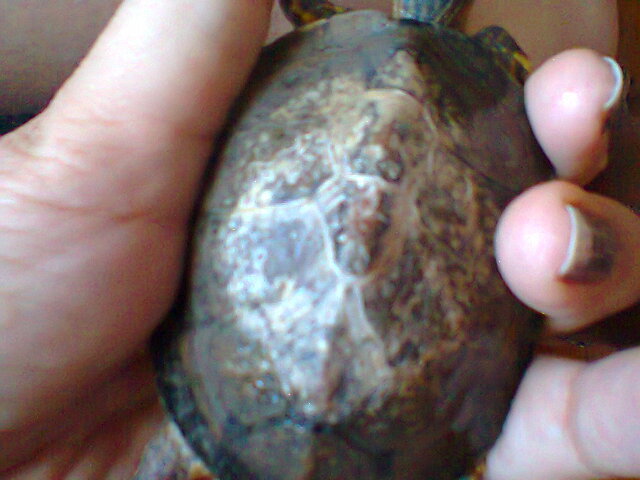 guide for my turtle-tuty
QuestionQUESTION: hi,
i have a Indian Roofed Turtle (Pa
guide for my turtle-tuty
QuestionQUESTION: hi,
i have a Indian Roofed Turtle (Pa
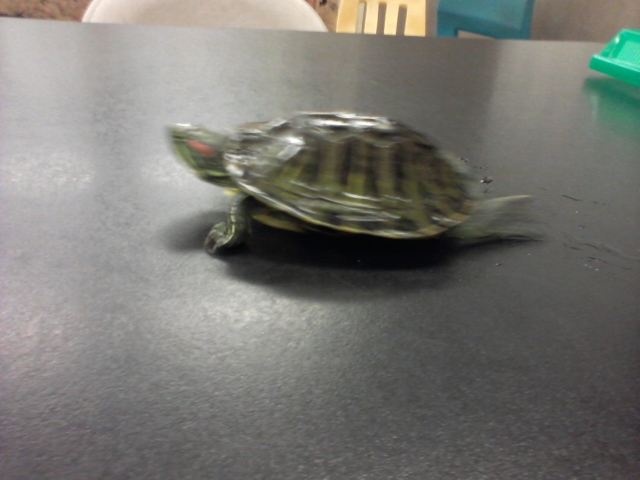 HELP! PLEASE!
QuestionTurtle
QUESTION: I Understand Youre Not
HELP! PLEASE!
QuestionTurtle
QUESTION: I Understand Youre Not
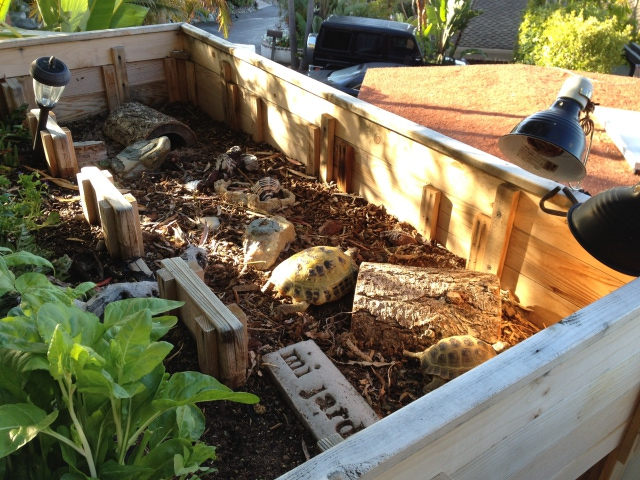 Russian turtle nesting
QuestionQUESTION: hello, we have one large female and 3
Russian turtle nesting
QuestionQUESTION: hello, we have one large female and 3